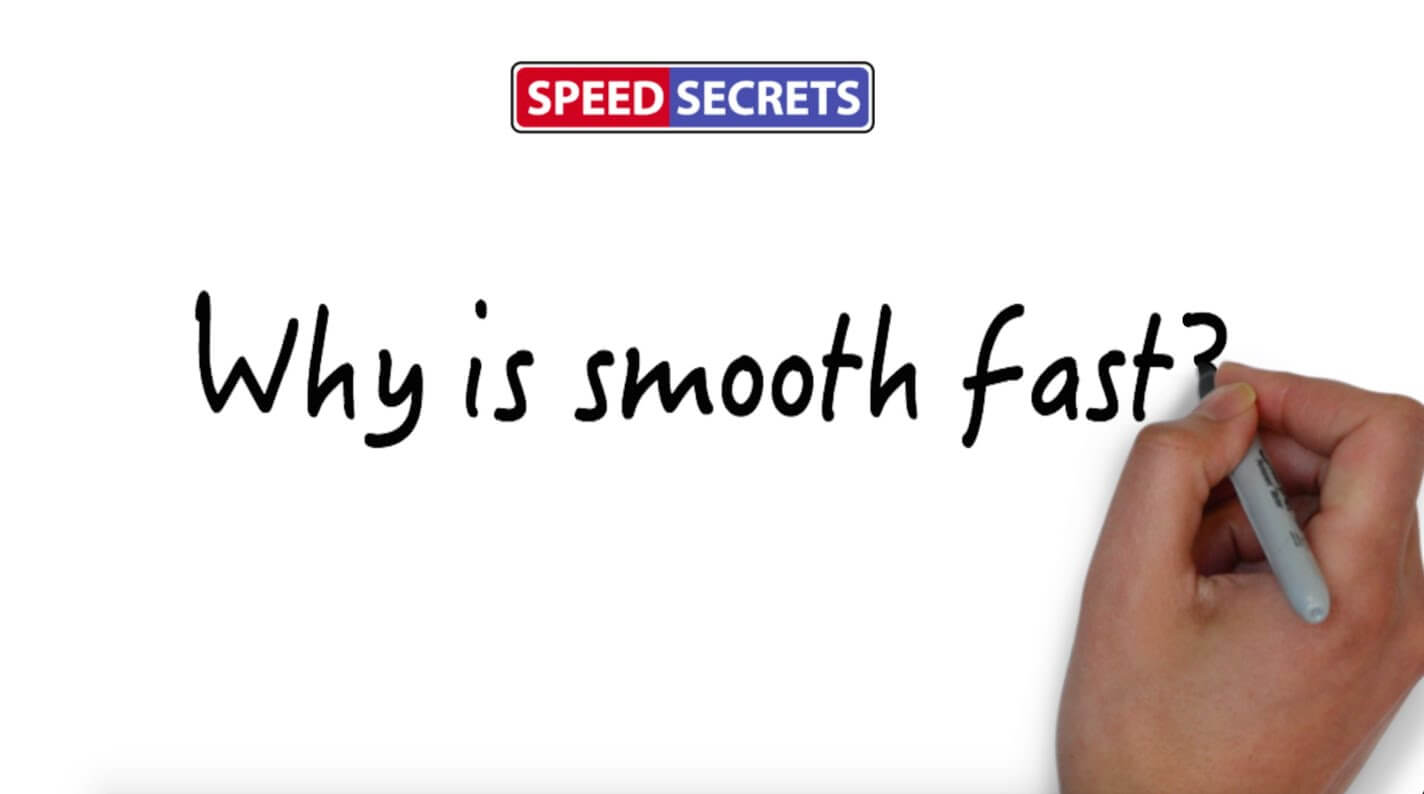Q: “Could you possibly explain more about the definition of ‘load sensitivity’ and ‘vertical load’ if possible? I understand if there’s more weight on a tire, it can produce more grip. That’s why we try not to trail off the brakes and unload the front tires too fast. But I’ve seen graphs showing that the coefficient of friction decreases with more “vertical load.” This sounds contradictory to what we drivers try to do. Would be great if you could help clarify the meaning of these terms “load sensitivity and vertical load.”
A: Vertical load is sometimes used to refer to what is also called weight transfer. Technically, we should talk about load transfer (rather than weight transfer), and that’s what’s going on when we brake, corner and/or accelerate. When we brake, we transfer load from the rear of the car to front, pushing those front tries harder into the track surface. When we do that, these tries gain grip – they have more traction than if we took load off of them.
Yes, that’s why we don’t want to snap our foot off the brake pedal when entering a corner. Doing that quickly unloads the front tires right when we want to them to change the direction of the car.
Vertical load is also used to describe the load that is put on the tires from the car’s aerodynamics. More aero downforce puts more load on the tires, and they gain grip. And that’s really the most accurate way of defining vertical load – the load that is vertically pushing down on the tires.
Okay, now to your comment about “graphs showing that the coefficient of friction decreases with more vertical load.”When a tire has more load on it, it gains grip. But it also has to do more work. Without going into a huge amount of physics about the way rubber tires interact with a track surface (if you want to learn the details of this, read Paul Haney’s The Racing and High-Performance Tirebook – get it at http://www.insideracingtechnology.com/booktiredescrptn.htm), understand that the more load on a tire, the more grip it has, but it’s not a linear thing; as it has more load put on it, it doesn’t gain the grip as fast as the workload the tire is having to deal with increases.
I created a video called Why Smooth Is Fast that explains this with an easy-to-understand analogy. You can watch it here: https://youtu.be/vPrN7zBNZvQ.
Load sensitivity… Actually, I’ve heard it used in more than one way, but when it’s referring to the tires it’s usually talking about this relationship we’ve just talked about – the tires are sensitive to load. I’ve also heard it used by drivers when talking about the overall handling balance of their cars. In this case they’re saying that the car’s handling (whether it’s understeering or oversteering) is sensitive to the load on the front or rear, and that’s causing the car to respond with some handling issue.

